On October 28, 2015, 21-year-old Dutch medical student Sophia Koetsier vanished inside Uganda’s Murchison Falls National Park. Within hours, her sandals, clothes, and backpack appeared scattered near the Nile River arranged too neatly to look accidental.
Authorities said she wandered off. Her mother, Marije Slijkerman, never believed it.
Ten years later, Marije has uncovered DNA from an unknown man, missing witness statements, and a trail of ignored evidence pointing to something far more sinister. But without Sophia’s body, the truth remains trapped between official silence and a mother’s relentless pursuit.
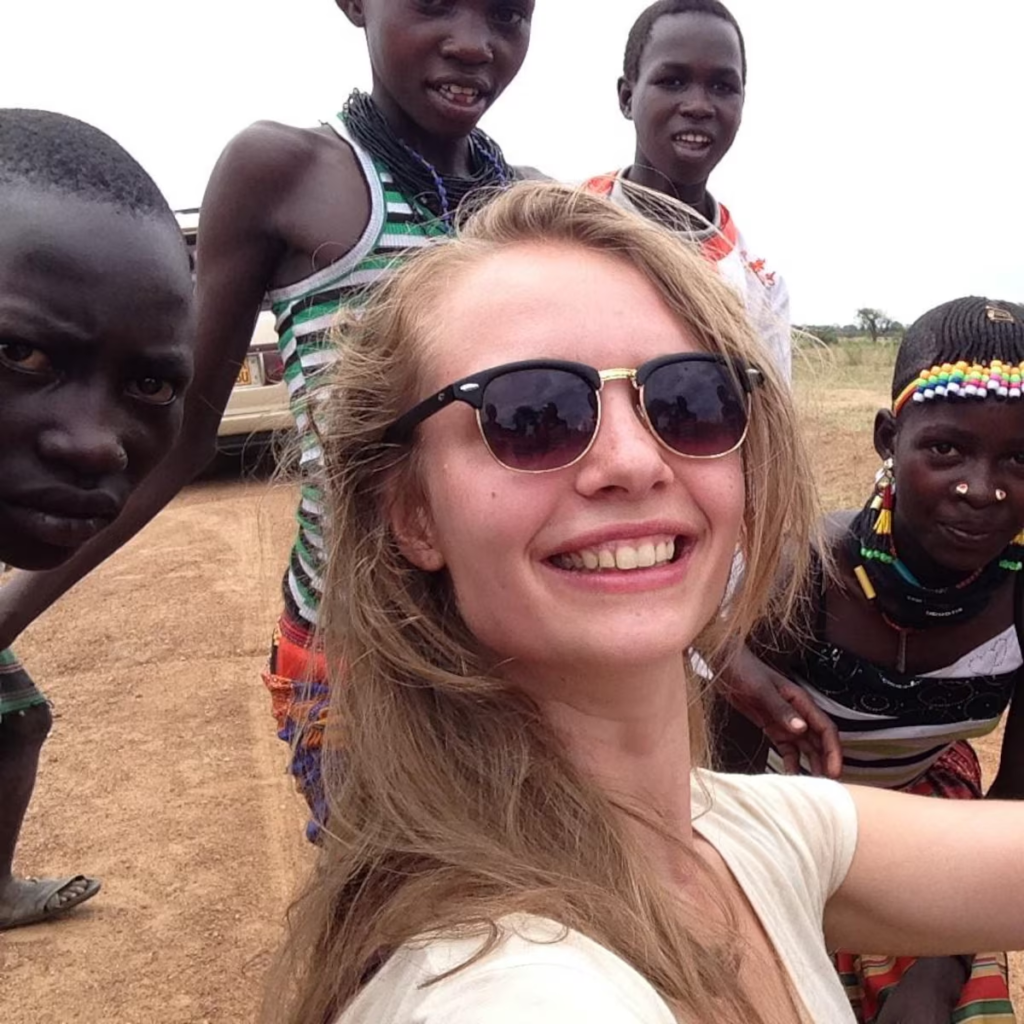
The Vanishing
Sophia Koetsier had dreamed of becoming a doctor for as long as she could remember. In August 2015, the 21-year-old Dutch medical student arrived in Kampala, Uganda, for an eight-week internship at Lubaga Hospital. She threw herself into the work delivering babies, assisting in surgeries, even scrubbing floors when no one asked her to.
She learned basic Luganda to connect better with patients and told her mother she could see herself living there one day.
By late October, her internship was complete. Before returning home, she and two fellow Dutch students booked a safari trip to celebrate the end of their program. They hired a Ugandan guide, Michael Kijambu, to take them north through Murchison Falls National Park, a sprawling reserve cut by the Nile and home to hippos, crocodiles, lions, and elephants.
On October 28, 2015, six days into the trip, the group arrived at the Uganda Wildlife Authority (UWA) Student Education Center near the Nile. As the sun set, Sophia grabbed a half-empty plastic water bottle she used for trash and told her companions she was walking to the latrines, just a short distance from their cabin.
A UWA ranger later claimed he saw her near the latrines, gazing toward the river. That was the last confirmed sighting of her alive.
Fifteen minutes later, when she didn’t return, her companions searched the camp. Nothing. They alerted the rangers, and a search began immediately but by nightfall, darkness closed in over dangerous terrain. The Nile Basin was crawling with wildlife crocodiles in the river, hippos along the banks, and predators hidden in tall grass.
Sophia’s mother, Marije, was in Kampala at the time. She’d just visited her daughter days earlier and was flying back to the capital when she received the call Sophia was missing. She immediately booked a flight north to join the search, arriving at the camp the following day with officials from the Dutch embassy.
What they found in those first 24 hours was unsettling. There were no signs of a struggle, no footprints, no blood, and no noise heard by anyone nearby. Rangers discovered Sophia’s plastic water bottle roughly five meters inland from the riverbank but nothing else.
That night, an English couple staying at the camp reported that, hours before Sophia vanished, they’d spoken to her on the viewing platform. The woman described Sophia as polite, responsive, and articulate, but also vulnerable and overstimulated. Concerned, the couple warned the camp warden and guide Michael Kijambu, advising them to monitor her and reconsider continuing the safari.
Their warning was ignored.
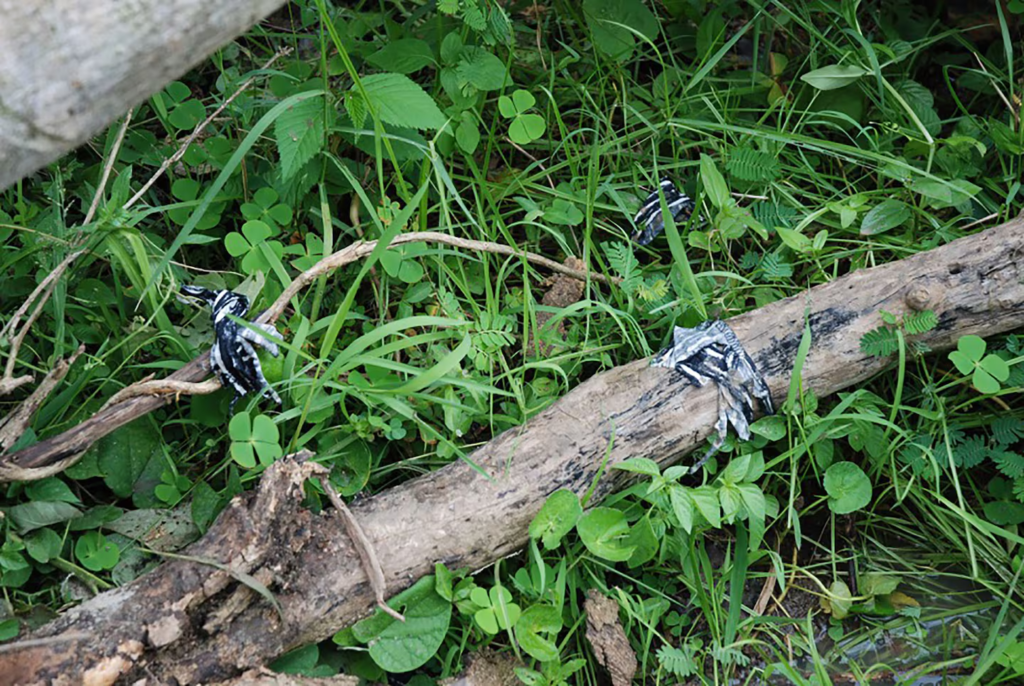
A Staged Scene
Two days after Sophia vanished, rangers expanded their search deeper into Murchison Falls National Park. That’s when they made a disturbing discovery.
Sophia’s clothes were found torn into strips, scattered across the bush near the Nile. Her underwear was hanging five meters up in a tree far too high for an animal to place it there. Some of her other belongings, including her purse and sunglasses, were found neatly arranged on the ground nearby.
Her shoe was found perfectly intact, resting upright as if deliberately placed. No mud. No blood. No drag marks.
Ugandan authorities quickly announced their theory a wild animal attack. Crocodiles, lions, or hippos were blamed but investigators and Sophia’s family immediately doubted it. There was no blood anywhere on the ground or on her clothes. The area showed no tracks at all, neither human nor animal. There were no signs of a struggle, no broken branches, no drag marks, and no witnesses who reported hearing screams.
Most disturbing of all, the condition of her clothing didn’t match the narrative. Her shredded clothes didn’t look torn by claws or teeth. Dutch forensic experts later concluded the rips appeared clean-cut, likely made by a knife or sharp blade.
Marije recalls standing by the riverbank as rangers retrieved pieces of clothing wrapped around branches, almost like they’d been displayed.
“Some of Sophia’s belongings were folded,” she said later. “What kind of animal folds clothes?”
The discovery only deepened the mystery, but instead of treating the area as a crime scene, Ugandan authorities failed to secure it. The items were bagged improperly, passed between multiple handlers, and eventually returned to the family without proper forensic testing.
Marije eventually paid for private DNA analysis in the Netherlands. The results were explosive. Significant amounts of male DNA were found on several of Sophia’s recovered items. But it didn’t match any of the Dutch students she was traveling with. It didn’t match Ugandan police officers who’d handled the evidence either. Seven DNA samples were collected and ruled out. That left an unknown male profile never investigated by Ugandan authorities.
For Marije, this changed everything. The staged clothing, the clean shoe, the lack of blood none of it pointed to an animal attack.
“There has never been any evidence of a wild animal,” Marije said. “In that case, you’d find blood. You’d find signs of a struggle. We found none of that.”
Still, just 72 hours after Sophia vanished, Ugandan police closed the case, concluding she’d been killed by wildlife. That decision would haunt the investigation for years to come.
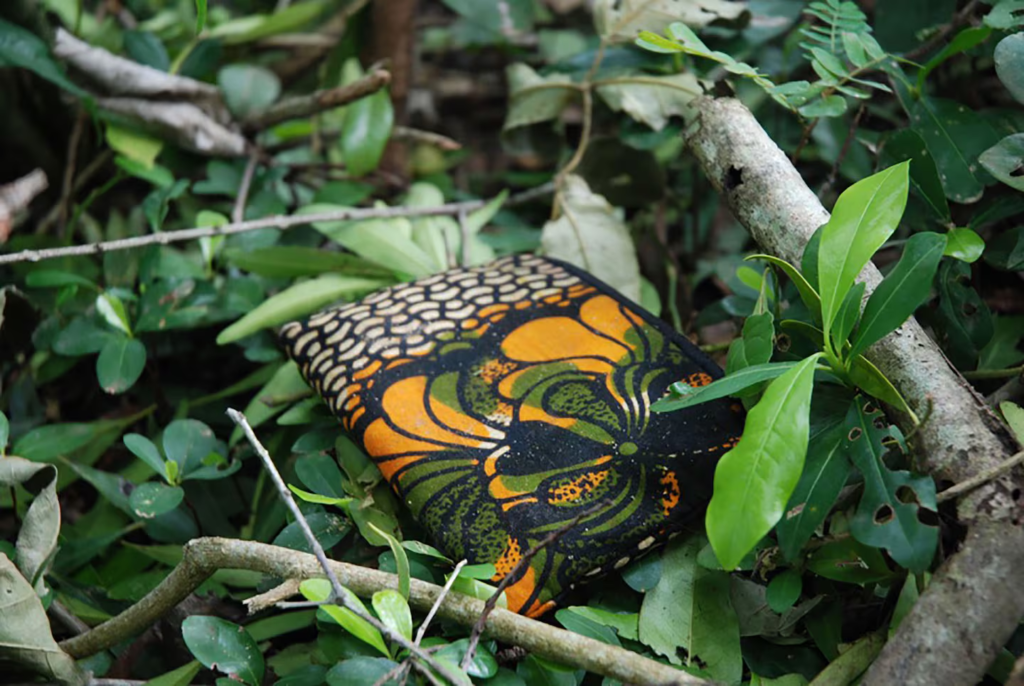
The Investigation Collapses
From the moment Sophia disappeared, the investigation suffered from critical failures. Leads weren’t followed, statements were ignored, and evidence was mishandled. Over time, it became increasingly clear that Ugandan authorities were either deeply incompetent or actively concealing something.
One of the earliest red flags came from a UWA ranger who reported seeing Sophia near the latrines shortly before she vanished. According to his statement, Sophia had been speaking with another officer that evening.
But when investigators questioned that officer, he flatly denied ever seeing her. Despite this glaring contradiction, police never pursued the matter further.
The officer was neither interrogated nor tested for DNA, and his alibi was never verified.
Months later, Marije uncovered something Ugandan authorities had never disclosed on the night Sophia disappeared, 400 UWA recruits were undergoing training exercises less than two kilometers away from the student center.
Shockingly, no one from that camp was ever questioned. No alibis were collected. No DNA samples were requested.
Authorities also leaned heavily on Sophia’s bipolar disorder diagnosis to explain away the disappearance. Sophia had been diagnosed at age 16, something her family never hid. Local media and investigators painted her as “unstable,” suggesting she might have wandered off, harmed herself, or gotten lost.
Marije pushed back fiercely, noting she had hypomanic episodes but was never violent or self-destructive. Colleagues at Lubaga Hospital described her as focused, competent, and highly respected.
Marije refused to accept the official narrative. She launched her own investigation, hiring private forensic experts and independent DNA labs across Europe.
By August 2025, she had made 28 trips to Uganda, each time uncovering ignored evidence the staged scene, the unknown male DNA profile, overlooked witnesses, and concerns about the tour guide Michael Kijambu, whose license and conduct raised questions.
“It’s not just about grief,” Marije said. “It’s about truth.”
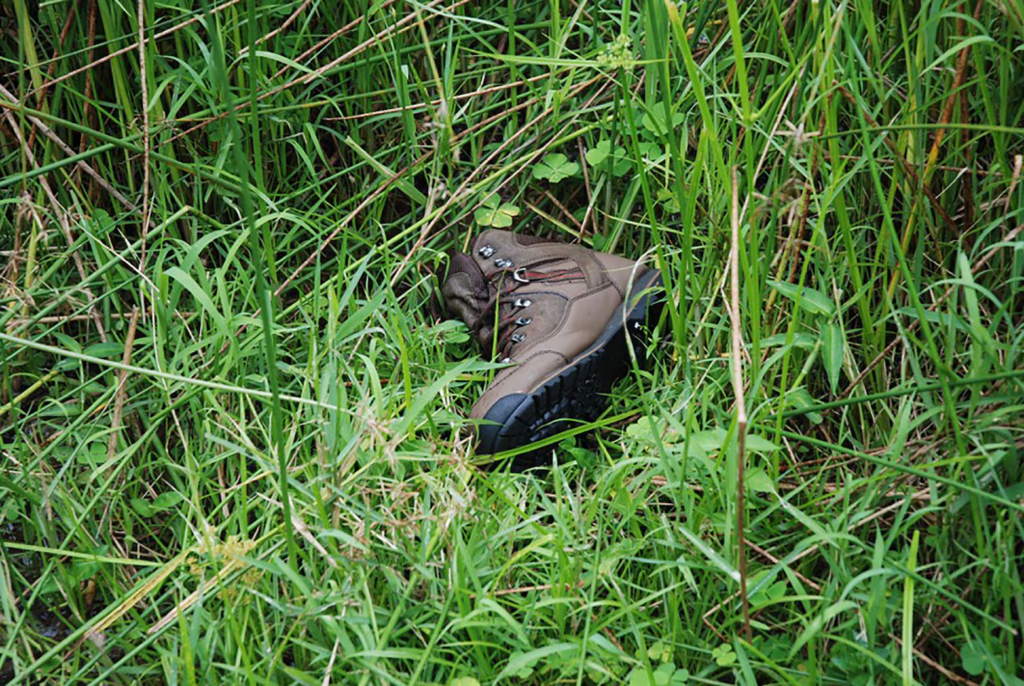
Secrets and Theories
By 2025, two dominant theories had emerged organized human trafficking and a possible inside job involving local authorities. Neither theory has been proven, but together they expose deep cracks in the official story.
Sophia’s disappearance echoed a high-profile kidnapping in April 2019, when American tourist Kim Endicott and her Ugandan guide were abducted three hours from Murchison Falls. The suspects were never fully identified, and whispers of organized trafficking networks persisted.
Subsequent independent testing revealed additional unidentified DNA profiles at the scene, never disclosed by authorities.
Questions about the tour guide’s license and conduct remained unresolved. Authorities continued citing Sophia’s bipolar diagnosis to justify closing the case.
Marije spoke with villagers, students, rangers, and former UWA officers, uncovering tensions over tourism contracts and criminal networks operating along Uganda’s western borders.
Every discovery raised more questions Why did police ignore DNA evidence? Why weren’t the recruits questioned? Who controlled the narrative in the local press?
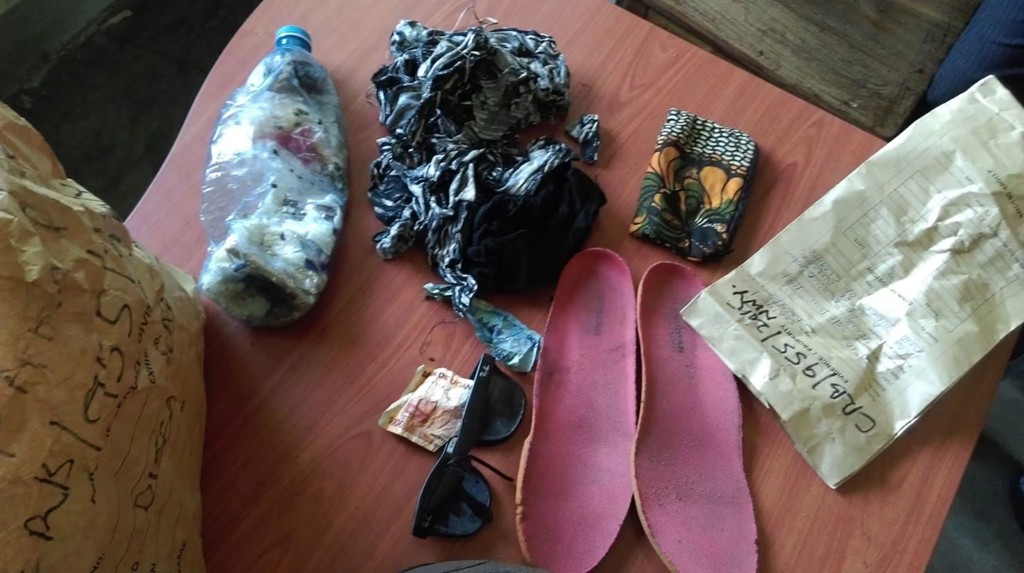
The Unending Fight
By early 2025, nearly ten years had passed since Sophia disappeared. Marije refused to let the case fade into obscurity. Every trip to Uganda drained her financially and emotionally, yet each visit uncovered fragments of a story authorities seemed determined to bury.
Frustrated by dead ends and contradictory statements, Marije hired private investigators, first in Kampala and later in London, to re-examine every piece of evidence from scratch.
The independent team reconstructed Sophia’s last known movements minute by minute, comparing student testimonies, park entry logs, and GPS data from Sophia’s phone.
They discovered her phone had been manually disabled at 2:18 p.m. on the day she vanished, just twelve minutes after she was last seen near the viewing platform a detail never disclosed by authorities.
In 2023, Marije escalated her fight internationally. She filed petitions with the U.S. State Department, urging diplomatic intervention, and presented Sophia’s case before the European Parliament’s Subcommittee on Human Rights.
Lawmakers expressed concern over repeated investigative failures, including missing witness statements and suppressed DNA evidence, though no formal sanctions or independent inquiries were initiated.
Meanwhile, international NGOs began raising alarms about a disturbing pattern Sophia’s case was not isolated.
Between 2017 and 2022, at least nine foreign visitors vanished in or near Ugandan national parks under suspicious circumstances. Some cases were resolved through ransom payments; others remain unsolved.
Marije’s team compiled these incidents into a detailed dossier, highlighting striking similarities in methods, locations, and missing evidence yet Ugandan authorities dismissed any connection.
Back in Germany, Marije Started the “Find Sophia” Foundation, pooling donations to fund ongoing searches and public awareness campaigns. Her team published timelines, satellite imagery, and declassified documents on the foundation’s website, hoping transparency would pressure officials to act.
The effort came at a cost she received anonymous threats, emails warning her to “stop digging,” unmarked cars outside her hotel during Uganda visits, and silent phone calls in the middle of the night.
In mid-2024, her legal team successfully petitioned the Ugandan High Court to release previously withheld forensic reports. The documents confirmed her suspicions two additional unidentified DNA profiles had been collected from the viewing platform area in May 2020, belonging neither to Sophia nor anyone in her student group. Investigators had known about them but chose not to disclose the findings.
By late 2024, international pressure intensified. German newspapers began extensive coverage, and Ugandan human rights organizations accused local authorities of “gross negligence and possible obstruction.”
The Ugandan Police Force promised a renewed investigation their third since 2020 but Marije remained skeptical, having seen prior promises yield nothing.
In January 2025, she filed another legal action seeking access to international cell tower data near Murchison Falls and a subpoena for all withheld police communications from the week of Sophia’s disappearance. If successful, it could reveal exactly who was in the area that day and who has been protecting the truth.
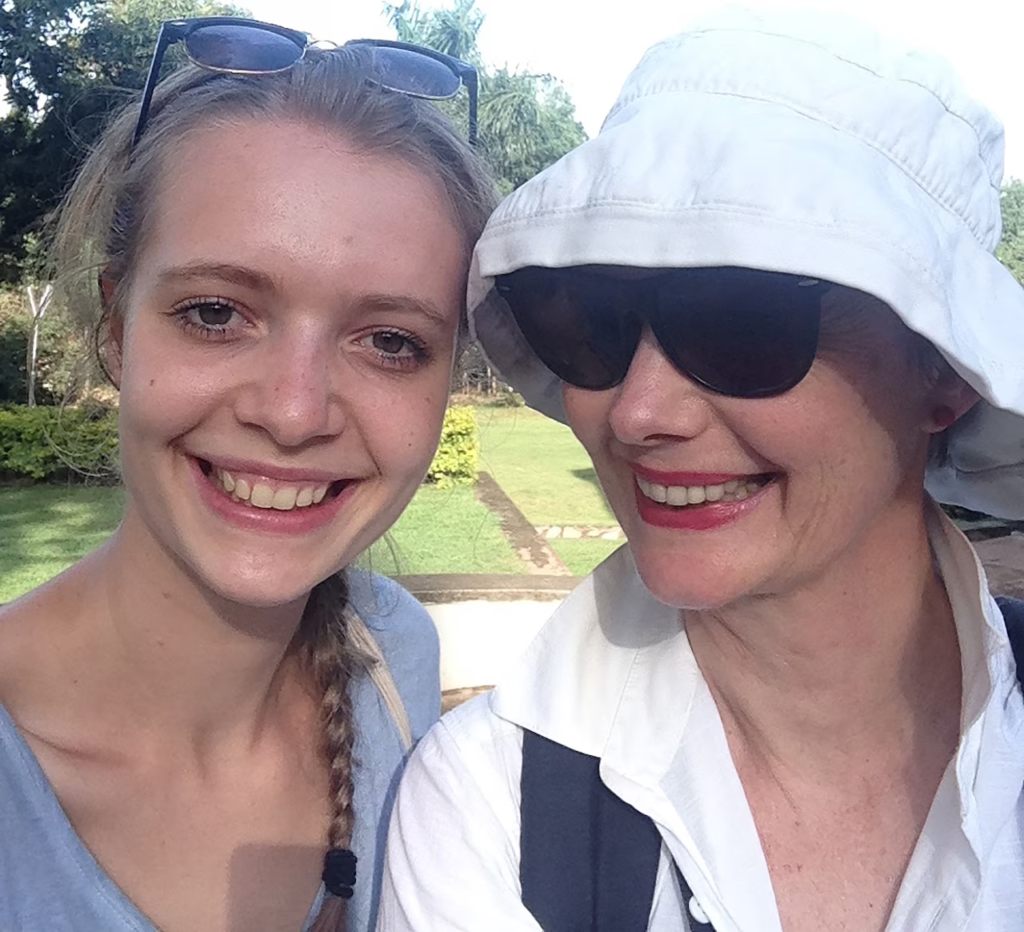
Today, nearly a decade after Sophia vanished, the case remains officially unsolved. Ugandan authorities maintain she likely drowned yet no remains have ever been recovered, and forensic evidence contradicts their theory.
Marije, now one of Europe’s most relentless private investigators, refuses to stop. She has traveled to Uganda 28 times, recovered evidence missed by police, and located witnesses who were never questioned. Her investigation has revealed an unidentified male DNA profile, overlooked sightings of Sophia alive, and potential suspects authorities never pursued.
“They want me to believe she disappeared into the river,” Marije says. “But rivers don’t erase DNA. People do.”
Each year, she returns to Murchison Falls, walking the same ground where Sophia vanished, piecing together fragments of a story someone clearly wants buried. But the deeper she digs, the more tangled the case becomes suggesting powerful forces may be protecting the truth.
Was Sophia a victim of an opportunistic predator, a planned abduction, or a cover-up involving those tasked to protect her? No one can say for certain.
All that remains is Marije’s haunting question
“How can a person disappear in front of so many people and leave nothing but silence behind?”

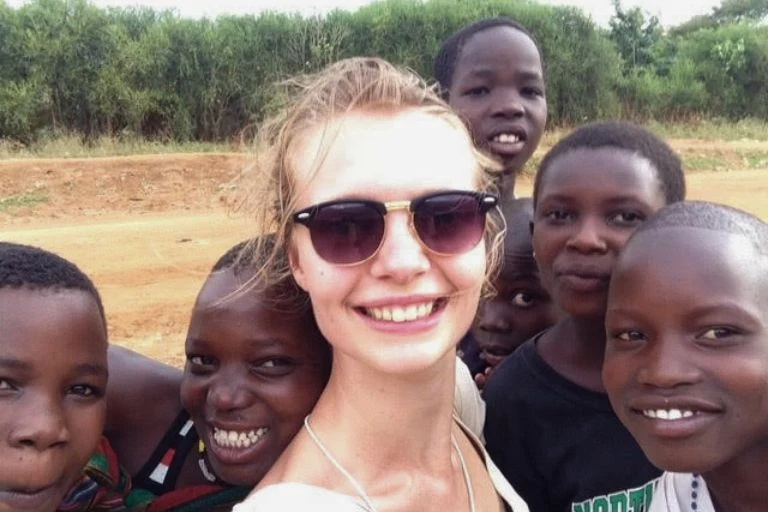
The dates/years in this article are all over the place. The author should revise this…
thanks for your feedback JW. we will check and revise the article